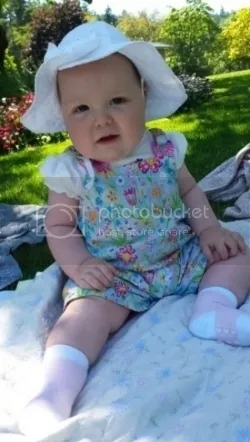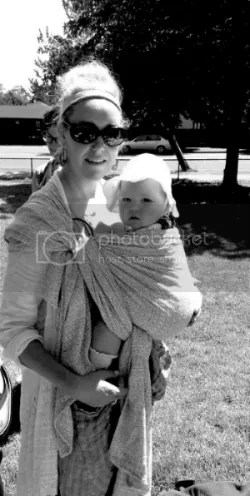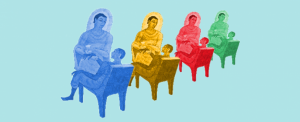The first teaching I received on the Buddhist view was the First Noble Truth—the Truth of Suffering. During my first years of studying Buddhism, I struggled with a sense of pessimism. Wasn’t life also full of all kinds of goodness and happiness, and surprising moments of joy? I felt the Buddhist teachings were a bit of a wet blanket, and yet I continued on with my practice and study as I felt meditation was extremely helpful, even if I couldn’t articulate at the time why. I certainly didn’t have any insight into the true meaning of the First Noble Truth.
When I was 23, as part of the Naropa University Study Abroad Program, I went to Bali to study batik. It was an amazing time in my life, full of untold newness, learning, and growth. Every morning, the program directors and students sat together in the meditation hall—a small, open-air pavilion nestled between a busy road and a bright green rice paddy. In the early morning the road was quiet, with only an occasional motorbike, and usually the only other sounds were those of the morning birds and insects; the air was warm and scented with frangipani flowers, and the smell of sweet rice porridge wafted from the kitchen along with the occasional song by the kitchen staff. In my mind, it was far from unpleasant and even farther from suffering. Inwardly I would shake my head; life is not suffering, it’s amazing and wonderful—what was the Buddha thinking?

After the program ended, I decided to travel throughout the islands to the east of Bali. One morning, on the remote beach where my traveling companion and I were camping, I was stung by a scorpion. The previous night had been magical, with turtles coming on shore to lay eggs in the moonlight. I had awoken to a beautiful sunrise, its bright red, orange, and gold light reflected on the ocean, which was calm and smooth like glass. It was stunning, and once again, my mind flashed on the First Noble Truth and I mentally told myself, “Life is not suffering, it’s awesome!”—right before reaching into my backpack for a bottle of water and being stung by the scorpion. The pain was searing, like an electric shock. My friend awoke to my shrieks and promptly took action, saying, “I’m going to get help—sit here and stay calm. Try to calm your mind.” With that, he left for the village down at the far end of the beach. I slumped down in the sand, the pain surging through my finger, up my hand, into my arm, and along my neck. It was intense, I was frightened, and my mind was anything but calm. It was frantically jumping from one thought to another, a jumble of confusion and fear. In a single moment, I realized my mind was a mess! And I genuinely thought I might die on that beach, far from home and family, and knew that it couldn’t possibly be a good thing to die with a mind so scattered and full of fear and confusion. The First Noble Truth suddenly seemed profoundly true. There was suffering indeed; it was undeniable.
Years later, as a nun in Burma, I encountered a different translation for the First Noble Truth. The word which is most often translated as suffering, duhkha in Sanskrit or dukkha in Pali, my meditation instructor at the forest monastery translated variously as “stress,” “dissatisfaction,” “discomfort,” or “a sense of unease.” He taught that such “stress” is seen in all aspects of life: birth is stressful, aging is stressful, death is stressful, pain is stressful, separation from what you love or want is stressful, not getting what you want is stressful . . . The Buddha never said life has no joy or happiness. He simply said that our attachment to joy and happiness is stressful, and that there is a path leading to freedom from that attachment and the concomitant aversion to the stress.
It has been 20 years since that moment on the beach in Indonesia, and my relationship with the First Noble Truth has shifted during my years of meditation and study. And now, as a mother, I am finding I have a new challenge in my practice. Deep in my heart, I want to protect and shelter Adelaide from any stress and discomfort, any pain or unease—and yet, as a practitioner and follower of the teachings of the Buddha, I know that this in inherently impossible. Stress and suffering are a part of life; they are a part of the journey of being human.

Bethany McMullen
The day before Adelaide’s first birthday, I took her to the local park. It was a beautiful, sunny afternoon. As we strolled through the gardens we watched the ducks in the pond, and were enthralled by the stillness of a great blue heron fishing in the tall reeds and amazed by the cat-like calls of the local roaming peacocks. It was almost a storybook kind of afternoon. And then there it was—our reminder not to be attached to such pleasantness. Adelaide suddenly began wailing and frantically waving her little hand. I was carrying her wrapped to my body as usual, and quickly took hold of her fist and unclasped her chubby fingers to reveal a wasp held tight in her grasp. The wasp quickly flew away, and before my eyes, Adi’s palm went from white, to pink, to red, and was blowing up like a tiny balloon. My heart sank and my mind began racing. What if she is allergic, where should I go, what should I do, do I call an ambulance? As panic and fear spread through my veins, I had a flash of space. I sat down on a bench and took a few deep breaths, and then I took out my cold water bottle and put it on her hand. Then I got out my phone and called my doctor.
On the drive to the doctor’s office, I remembered how, before becoming a mother, I had struggled with this very fundamental truth of the unsatisfactory nature of our transitory existence. Now I was faced with another opportunity to embrace the First Noble Truth, and yet this time, as a mother, it had a different quality—I was not practicing for my own sake, but for the sake of another. The impermanent nature of existence, which is so often the cause of suffering, has, through meditation practice, become an ally. During Adelaide’ s birth, being able to remind myself that the pains of labor were temporary and fleeting like everything else I have ever encountered gave me so much courage. The nights when Adi would want to nurse long past a reasonable bedtime and my breasts were sore, I took courage in the realization that sleepless nights would also give way to restful nights, as nothing stays the same for very long. When her teeth first started cutting, I could breathe deeply and remind myself that although she would suffer with her teeth for a few years to come, it wouldn’t be a constant pain and like all experience, the pain would change.
And here again, as her little hand swelled and she wailed in the back seat of the car, I had a choice—I could panic and react with fear and confusion, or I could practice and apply the tools the Buddha taught those thousands of years ago when he revealed the First Noble Truth and a path to the cessation of suffering—the Fourth Noble Truth. Looking back on my experiences, I am thankful for the unease, the stress, and the discomfort that have helped me engage on the path to the cessation of suffering and become my allies in many ways. And as I watch Adelaide turn a year old, I am thankful I have a practice and a way to relate to the stresses of motherhood and the stresses Adelaide will undoubtedly discover along her own journey in life, and I aspire that she will have the ability to embrace the First Noble Truth and thus embrace a path to working with the causes and conditions of suffering, to find the inner stability and peace of mind that come from understanding that all things change.











